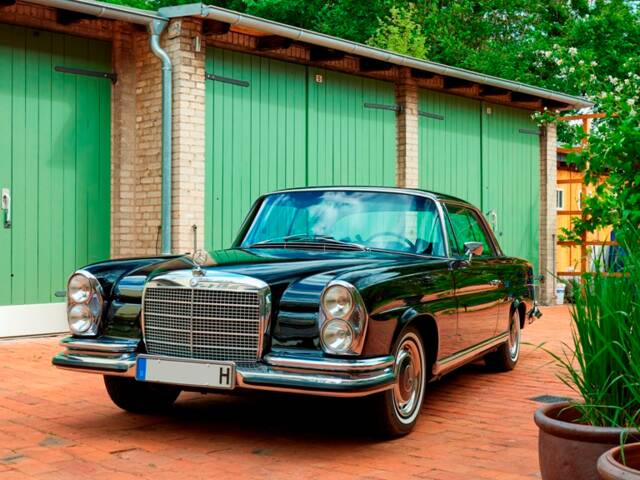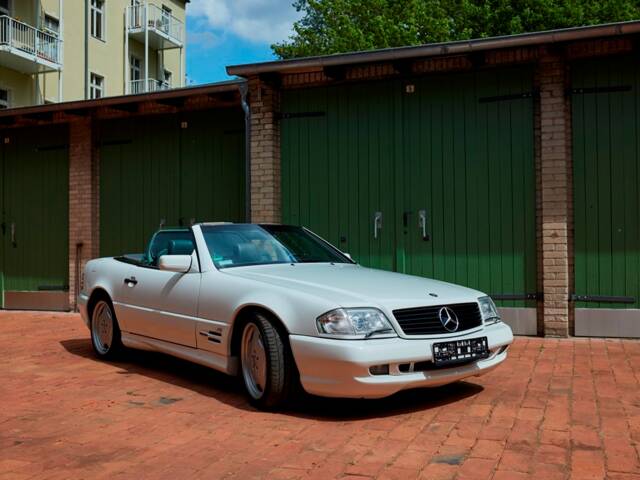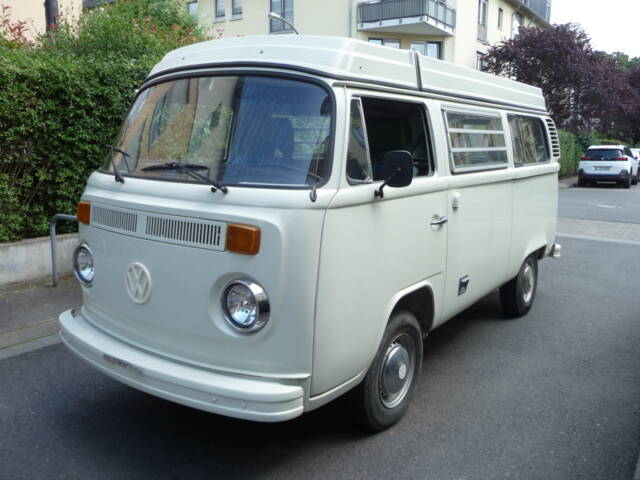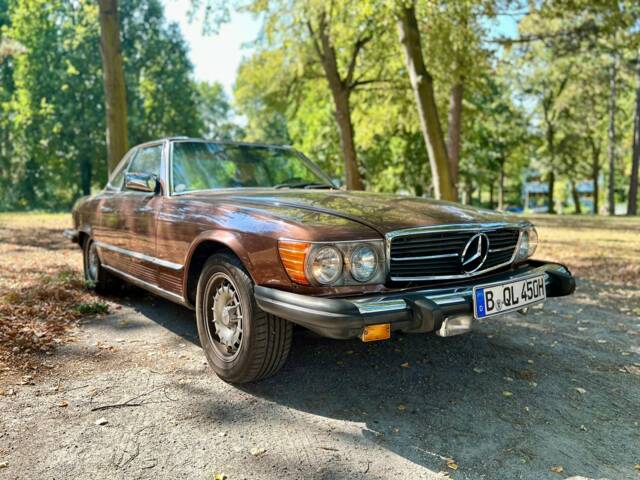|
- Oldtimer (9712 aanbiedingen)
Zoekresultaten
Asta5 giorni, 12:24:34
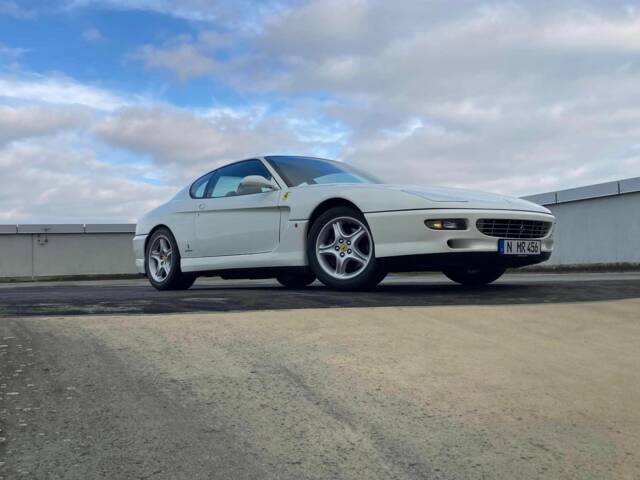
1 / 9
1994 | Ferrari 456 GT
**Einmalig**Schaltgetriebe**Service erledigt**
🇩🇪
Asta
Serie di fabbricazione
F 116
Tipo carrozzeria
Coupe
Chilometraggio (lettura)
96.000 km
Potenza (kW/CV)
325 / 442
🇩🇪
Asta
0 commenti
5 offerte
48 osservatori
🇩🇪
Asta
Asta5 giorni, 12:24:34
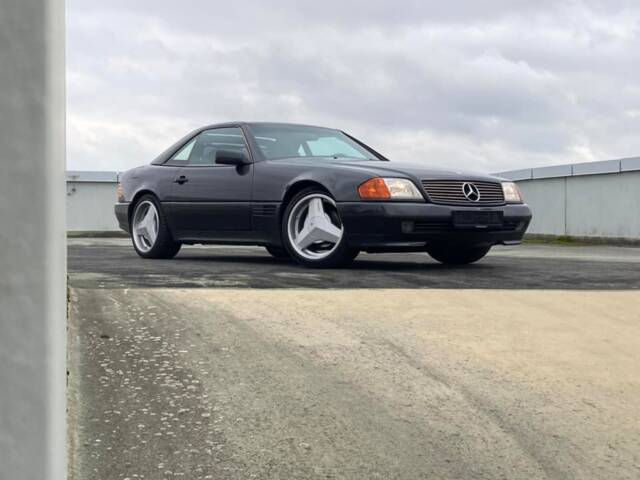
1 / 9
1991 | Mercedes-Benz 300 SL-24
**Brabus**Teilrestauriert**Sehr Gepflegt**
🇩🇪
Asta
Serie di fabbricazione
R 129
Tipo carrozzeria
Cabriolet (Roadster)
Chilometraggio (lettura)
187.000 km
Potenza (kW/CV)
170 / 231
🇩🇪
Asta
0 commenti
3 offerte
11 osservatori
🇩🇪
Asta
Asta5 giorni, 12:24:34
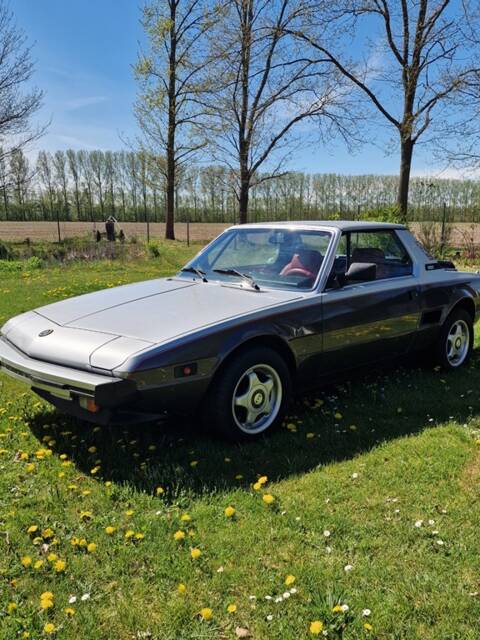
1 / 96
1985 | FIAT X 1/9
reliable daily driver
🇩🇪
Asta
Tipo carrozzeria
Cabriolet (Targa)
Chilometraggio (lettura)
4.949 km
Potenza (kW/CV)
63 / 85
🇩🇪
Asta
0 commenti
2 offerte
18 osservatori
🇩🇪
Asta
1995 | Porsche 911 Carrera
993 C2 Cabriolet = 911 % freedom
🇩🇪
Asta
Serie di fabbricazione
993
Tipo carrozzeria
Cabriolet (Decappottabile)
Chilometraggio (lettura)
32.961 km
Potenza (kW/CV)
200 / 272
🇩🇪
Asta
0 commenti
4 offerte
12 osservatori
🇩🇪
Asta
Asta5 giorni, 12:24:34

1 / 79
1987 | Volkswagen T3 Camper 1.9
original Devon VW T3 Camper
🇩🇪
Asta
Serie di fabbricazione
Typ 2
Tipo carrozzeria
Bus (Camper)
Chilometraggio (lettura)
123.100 mi
Potenza (kW/CV)
57 / 78
🇩🇪
Asta
0 commenti
1 offerta
13 osservatori
🇩🇪
Asta
Asta5 giorni, 12:24:34

1 / 126
1961 | Ford Taunus 17m 1600
beautifull 17 M
🇩🇪
Asta
Serie di fabbricazione
P3
Tipo carrozzeria
Berlina (4 Volumi)
Chilometraggio (lettura)
28.311 km
Potenza (kW/CV)
44 / 60
🇩🇪
Asta
0 commenti
5 offerte
10 osservatori
🇩🇪
Asta
Asta5 giorni, 12:24:34
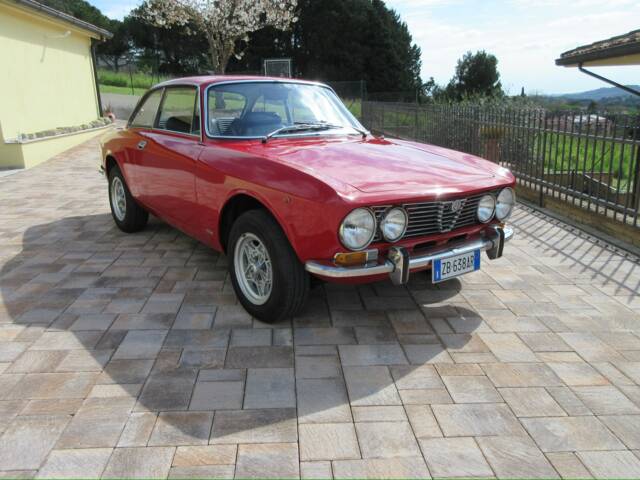
1 / 31
1972 | Alfa Romeo GTV 2000
+++ Online Auktion +++
🇮🇹
Asta
Serie di fabbricazione
Tipo 105
Tipo carrozzeria
Coupe
Chilometraggio (lettura)
Non fornito
Potenza (kW/CV)
110 / 150
🇮🇹
Asta
0 commenti
14 offerte
22 osservatori
🇮🇹
Asta
Asta5 giorni, 12:24:34
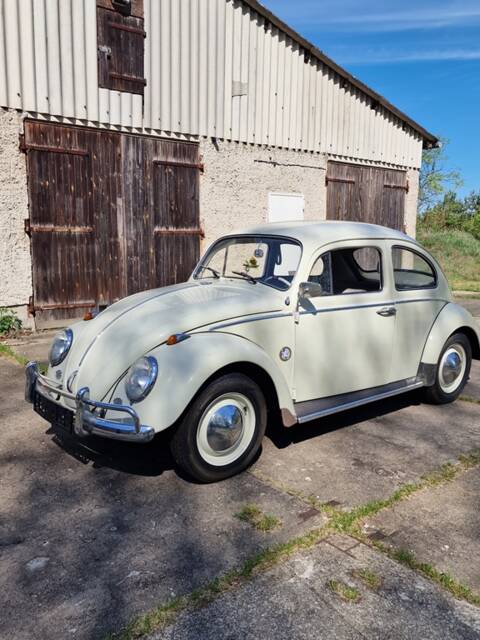
1 / 141
1963 | Volkswagen Maggiolino 1200 Export "Dickholmer"
very authentic original
🇩🇪
Asta
Serie di fabbricazione
Typ 11
Tipo carrozzeria
Berlina (2 Volumi)
Chilometraggio (lettura)
10.973 km
Potenza (kW/CV)
25 / 34
🇩🇪
Asta
0 commenti
4 offerte
14 osservatori
🇩🇪
Asta
1968 | Cadillac Coupe DeVille
1 pre owner, authentic original, 43.000 mls
🇩🇪
Asta
Tipo carrozzeria
Coupe
Chilometraggio (lettura)
43.000 mi
Potenza (kW/CV)
272 / 370
🇩🇪
Asta
0 commenti
1 offerta
12 osservatori
🇩🇪
Asta
1971 | Mercedes-Benz 280 SE 3,5
1 pre owner, 22.900 mls, authentic
🇩🇪
Asta
Serie di fabbricazione
W 111
Tipo carrozzeria
Coupe
Chilometraggio (lettura)
22.900 mi
Potenza (kW/CV)
147 / 200
🇩🇪
Asta
6 commenti
3 offerte
18 osservatori
🇩🇪
Asta
1996 | Mercedes-Benz SL 600
600SL, Glass-Hardtop, AMG Paket
🇩🇪
Asta
Serie di fabbricazione
R 129
Tipo carrozzeria
Cabriolet (Roadster)
Chilometraggio (lettura)
107.000 mi
Potenza (kW/CV)
290 / 394
🇩🇪
Asta
0 commenti
6 offerte
16 osservatori
🇩🇪
Asta
Asta5 giorni, 12:24:34

1 / 76
1990 | Mercedes-Benz 300 GE (LWB)
Leggendario Mercedes G300 GE del 1993 – Classico 4x4 con Targa Storica (H)
🇩🇪
Asta
Serie di fabbricazione
W 463
Tipo carrozzeria
Fuoristrada (4x4)
Chilometraggio (lettura)
244.000 km
Potenza (kW/CV)
125 / 170
🇩🇪
Asta
7 commenti
9 offerte
27 osservatori
🇩🇪
Asta
1973 | Volkswagen T2b Westfalia
original Westfalia SO73 Malaga
🇩🇪
Asta
Serie di fabbricazione
Typ 2
Tipo carrozzeria
Bus (Camper)
Chilometraggio (lettura)
890 mi
Potenza (kW/CV)
50 / 68
🇩🇪
Asta
3 commenti
5 offerte
48 osservatori
🇩🇪
Asta
Asta5 giorni, 12:24:34
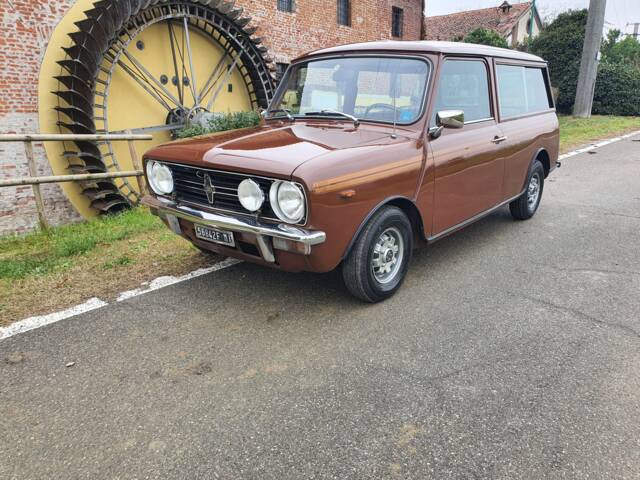
1 / 57
1979 | British Leyland Clubman Estate 1100
+++ Online Auction +++
🇮🇹
Asta
Serie di fabbricazione
MK IV
Tipo carrozzeria
Station Wagon (Piccola auto)
Chilometraggio (lettura)
73.000 km
Potenza (kW/CV)
31 / 42
🇮🇹
Asta
0 commenti
1 offerta
11 osservatori
🇮🇹
Asta
1976 | Mercedes-Benz 450 SL
+++ Dailydriver +++ Online Auction +++
🇩🇪
Asta
Serie di fabbricazione
R 107
Tipo carrozzeria
Cabriolet (Roadster)
Chilometraggio (lettura)
251.200 km
Potenza (kW/CV)
160 / 217
🇩🇪
Asta
0 commenti
3 offerte
7 osservatori
🇩🇪
Asta


